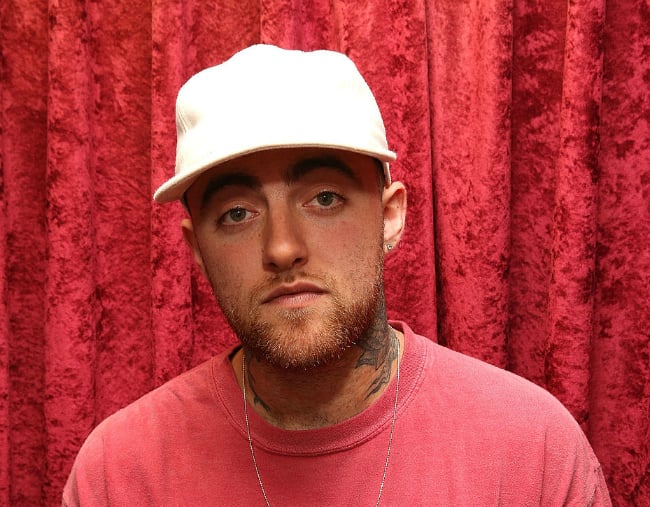
-With AAP
1. Mac Miller’s cause of death has been made public.
A coroner has ruled US rapper Malcolm James McCormick, better known as Mac Miller, died from an accidental overdose due to a combination of drugs and alcohol.
A Los Angeles County coroner’s report released on Monday has named the 26-year-old Miller’s cause of death as “mixed toxicity”, saying cocaine, alcohol and the powerful opioid fentanyl were found in his system.
Paramedics found Miller unresponsive in his Los Angeles home on September 7 and declared him dead soon after.
An autopsy was performed on September 10.
The Pittsburgh native was in a two-year relationship with Ariana Grande that ended earlier in May this year.
Grande name-dropped Miller in her latest song Thank U, Next, singing: “Wish I could say thank you to Malcolm, cause he was an angel.”
Miller’s music, which often examined his depression and drug use, won him fans among some of the biggest names in hip-hop.
Performers at a tribute concert for him last week included Chance the Rapper, Travis Scott and John Mayer. Proceeds from the event went to The Mac Miller Circles Find, a charity established by Miller’s family to “provide programming, resources and opportunities to youth from underserved communities, helping them recognize their full potential through exploration in the arts and community building.”
